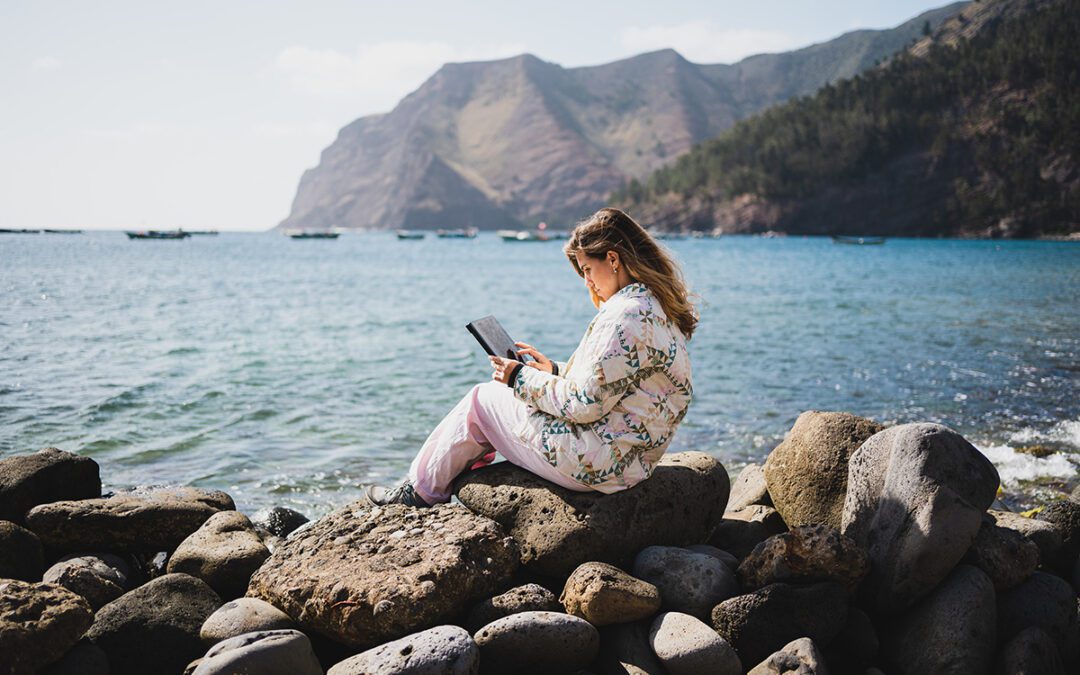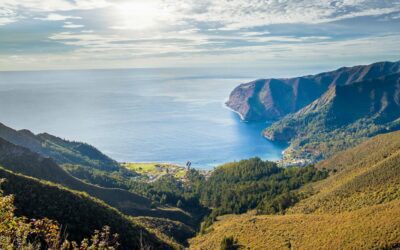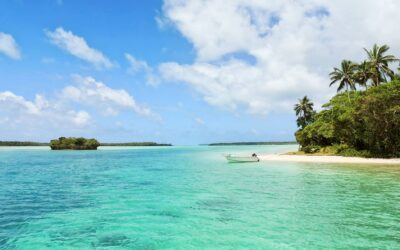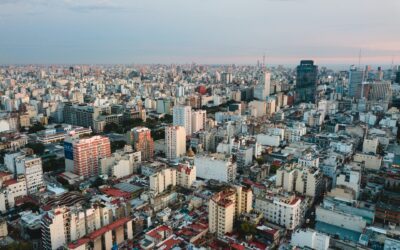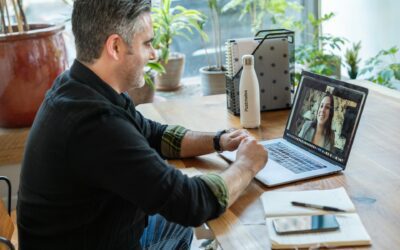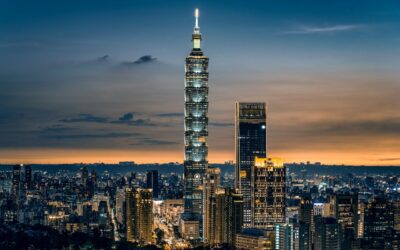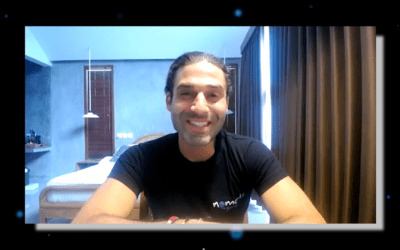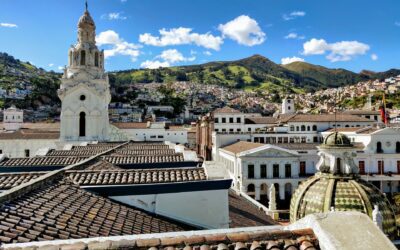|
|
Last year we shared information about an exciting opportunity to work on Robinson Crusoe Island offered by the Lenovo project Work for Humankind.
The project recruited 16 digital nomads from around the world to spend a month working on the remote island 700km off the Chilian coast. They received flights and accommodation for four weeks, plus access to a state-of-the-art coworking facility powered by Lenovo for working.
In return, the recruits were required to spend 20 a week volunteering with the island conservation NGO and local communities to help further the island’s conservation and preservation goals and teach locals about newly accessible technologies.
The results are in, and Island Conservation are reporting that the volunteers have helped achieved years’ worth of conservation progress in just a few weeks! Will we be seeing this opportunity repeated in the new future?
About Robinson Crusoe Island
Robinson Crusoe Island is the largest of the Juan Fernandez Islands located around 700km off the coast of Chile. It is the most populous island in the region, but still the main city, San Juan Batista, has only about 900 people.
The island relies mainly on tourism – the main reason it was named after the Daniel Defoe literary work – and a sustainably managed artisanal fishery.
While the islanders are relatively wealthy, until the Lenovo project they had very limited access to the internet. This meant that most activities had to be mediated by partners on the mainland, who locals have contact with via fortnightly transport flights.
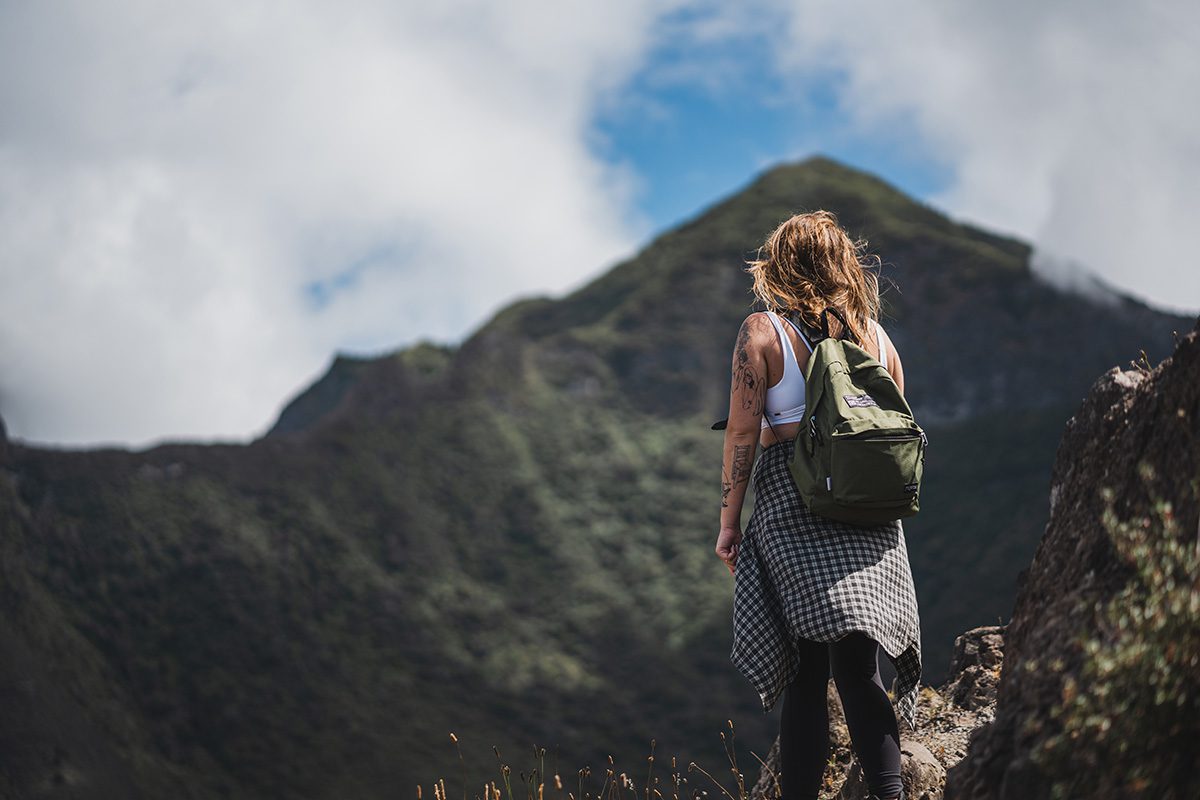
About the Opportunity
At the start of 2022, Work for Humanity invited applications for volunteers from the USA, United Kingdom, Mexico, Brazil, Germany, France, India, Italy, and Japan to spend four weeks on the island starting from 14 March 2022. The conditions were that they had to have existing work that could be completed remotely from the island and speak English.
The project initially planned to recruit 9 volunteers, but they had so many excellent applications that they ended up recruiting 16, who visited the island for two, consecutive four-week periods.
The successful volunteers were offered transportation and accommodation and were given access to the Lenovo Tech Space. In return, they were required to spend 20 hours a week volunteering.
Among the successful applicants that made their way to the remote islands were:
- Marcello Ascani (Italy) Content Creator
- Kay Bromley (UK) IT Specialist and Solutions Architect
- Simone Canova (Italy) Digital Copywriter
- Vivian Garcia (Mexico) Animal Welfare Lecturer
- Clinton Harmon (USA) Medical Writing Consultant and Research
- Cynthia Mayer (France) Product Manager and Communications Specialist
- Shivya Nath (India) Storytelling and Sustainable Tourism
- Ligia Santos (Brazil) Sustainability Analyst
- Simon Wehner (Germany) Sustainability and Future Energy Strategist
According to David Will, Head of Innovation at Island Conservation, this group of volunteers were able to help “achieve a new era of community-driven conservation.” This was thanks to Lenovo technology and the established experience of the Island Conservation NGO combined with the skills offered by the volunteers.

Impact of the Project
Improved Connectivity
Before the volunteers arrived, Lenovo installed temporary infrastructure on the island to boost connectivity speeds. Before this was done, locals and tourists could expect internet speeds of around 1Mbps, severely limiting what they could do. Before the volunteers arrived, Lenovo kit was able to boost connectivity to around 200Mbps.
Lenovo is now committed to upgrade to permanent kit that will ensure better connectivity for everyone on the island in the long term. It is anticipated that this will be key to boosting local education levels and economic activity.
More Efficient Ecology Projects
This connectivity boost has also provided a major boost to local ecology conservation projects. There are 70 cameras across the island collecting important data and monitoring the 6 critically endangered and 11 vulnerable species on the island. Until now, this has largely been a slow manual process. Conservationists had to hike several miles over steep terrain to access data and send it manually to the mainland for analysis.
Improved connectivity and AI servers developed by one of the volunteers to sort useful from “junk” images automatically are improving the efficiency of these processes 100-fold.
Clean Energy Projects
Individual volunteers put their specific skills to good use on the island. Shivya Nath worked with locals to explore sustainable energy solutions and is now working with the municipality to put forward applications for transitioning from diesel generators to solar energy. She is also analysing the carbon footprints of islanders to compare with Chileans living on the mainland.
Digital Education
The volunteers were set up in Lenovo’s technology space on the island, and part of their role was to introduce the space and how to use it to the local community. Since their time on the island, around 30% of the island’s population has now used the technology hub for learning, research, and business purposes. It is hoped that this number will continue to rise.
Kay Bromley focussed on helping the islanders better share information among themselves and make better use of the technologies that are now more accessible with improved connectivity. Marcello Ascani and Simone Canova worked with local artists and entrepreneurs to use newly accessible technologies to share their work with a worldwide audience and grow their profile.
Local Farming Initiatives
The group also collectively supported community farming projects to encourage more families to grow crops in the fertile soil rather than relying only on imports from the mainland.
You can read more about the experiences of the individual volunteers here.

Next Steps
It seems that a combination of Lenovo technology, donated to the island, local conservation expertise, the specialist knowledge of the volunteers, and the enthusiasm to support the project shown by all parties has seen this project have a major transformational impact on the island in a very short period of time.
Hopefully, following this success, Lenovo will export this model to similar parts of the world that could use this kind of injection of investment and enthusiasm.
Digital nomads, keep your eyes peeled for similar opportunities to make a real difference offered by Lenovo in the new future!
In the meantime, whether you plan to travel to Chile or anywhere else in the world, don’t forget to get health insurance. Providers like SafetyWing offer travel and medical insurance for digital nomads. Their Nomad Insurance covers your stay anywhere in the world.

